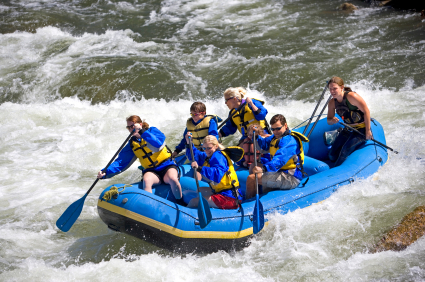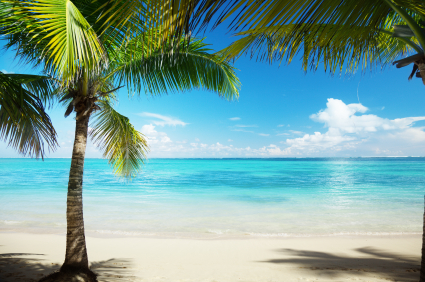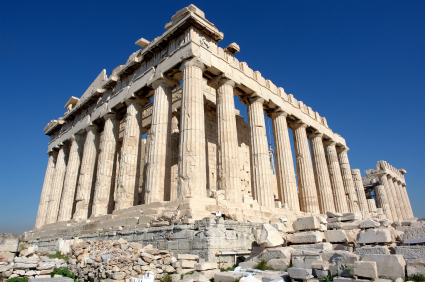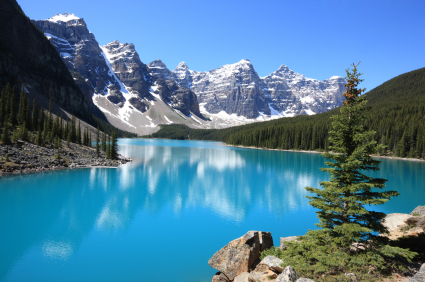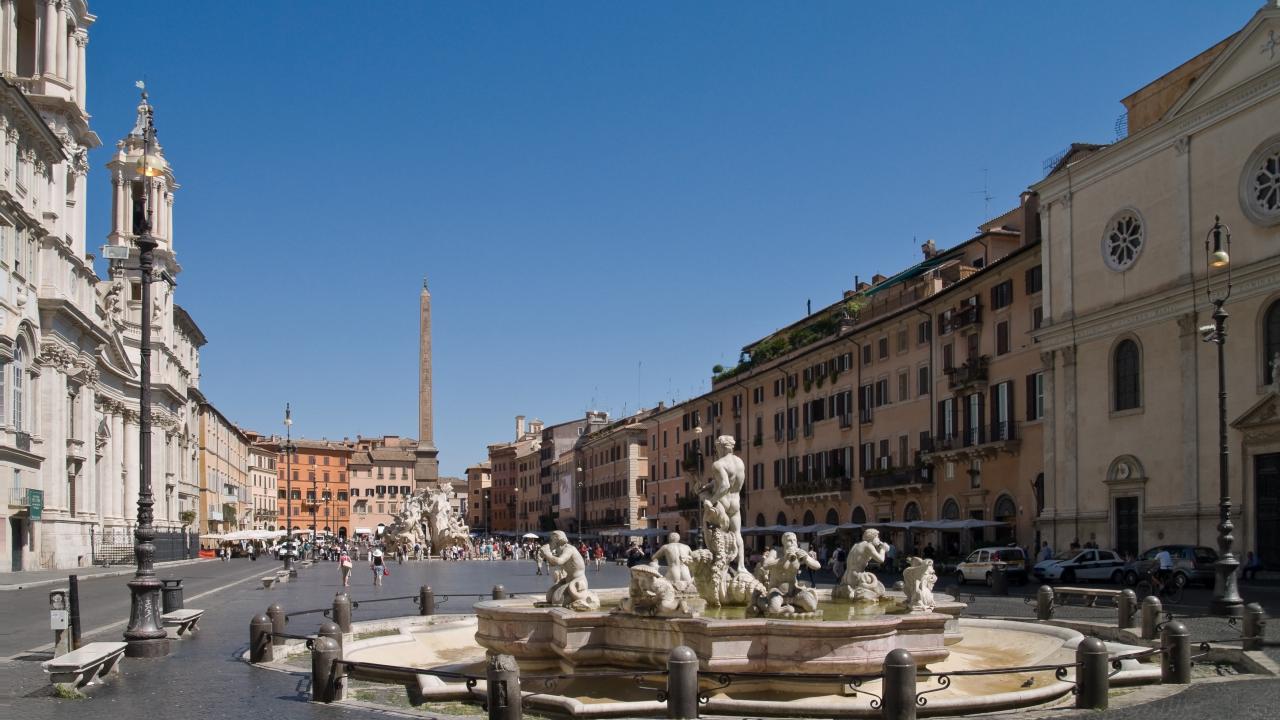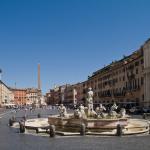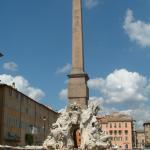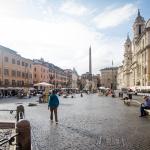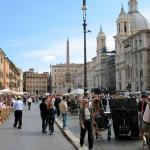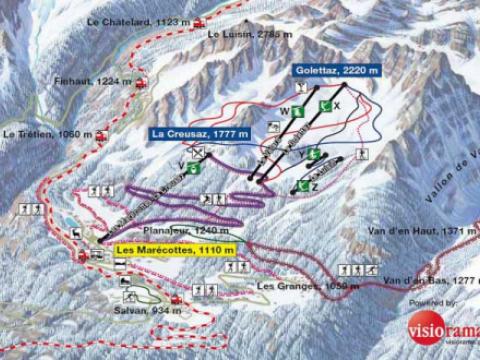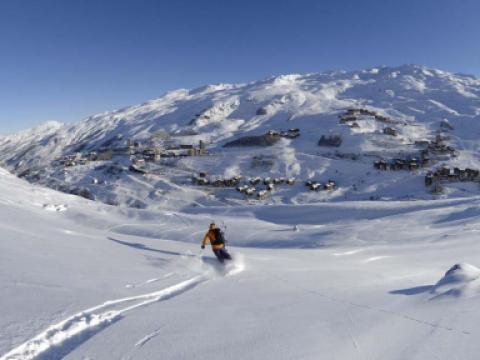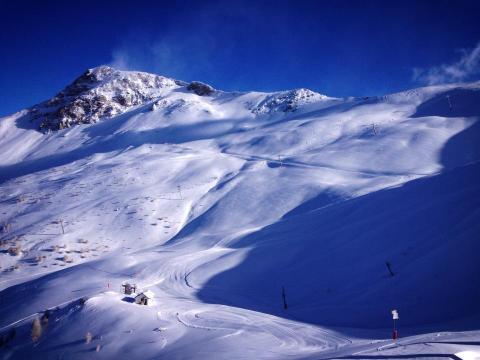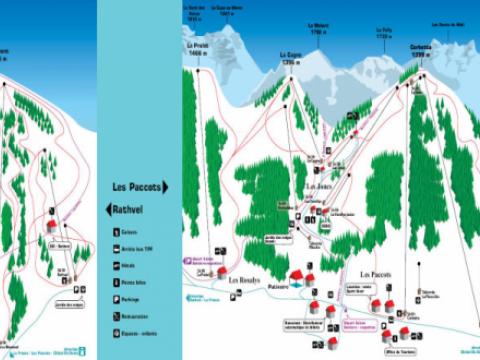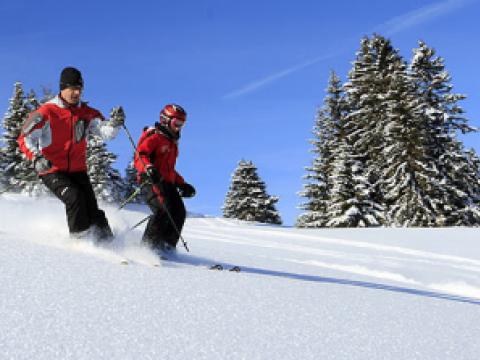Location
Piazza Navona is probably Rome’s most celebrated square with its ornate fountains, baroque palazzi and colourful cast of street artists, hawkers and tourists.
The piazza was designed by a great Italian artist, Bernini, in early 17th century over the ruins of the 1st-century Stadio di Domiziano. This is also why the square resembles a hippodrome.
The piazza is centered around Fontana dei Quattro Fiumi, also deigned by Bernini. In the middle of the fountain there is an ancient Egyptian obelisk with a sculpture of a river god on each side. Each god represents a river from a continent in which papal authority was influent. Danube represents Europe, Nile Africa, the Ganges Asia, while the Río de la Plata represents the Americas.
Buses 87 & 116 are the closest public transportations to Piazza Navona. However Piazza Navona is located close to the center so in most cases it is most convenient to walk there.
The square is a public place, so anyone can visit. The prices in restaurants and bars nearby can be a bit higher than normal.

